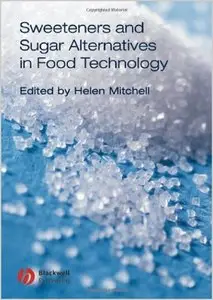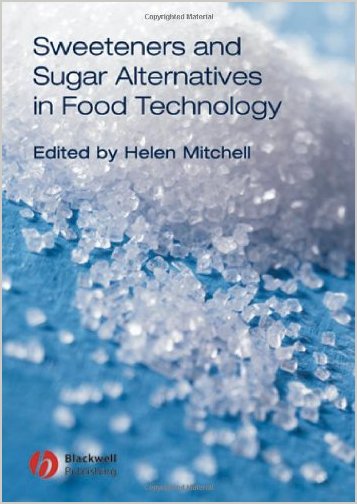Sweeteners and Sugar Alternatives in Food Technology by Helen Mitchell
English | July 25, 2006 | ISBN: 1405134348 | Pages: 432 | PDF | 2,1 MB
English | July 25, 2006 | ISBN: 1405134348 | Pages: 432 | PDF | 2,1 MB
Sugar replacement in food and beverage manufacture no longer has just an economic benefit. The use of ingredients to improve the nutritional status of a food product is now one of the major driving forces in new product development. It is therefore important, as options for sugar replacement continue to increase, that expert knowledge and information in this area is readily available.
Sweeteners and Sugar Alternatives in Food Technology provides the information required for sweetening and functional solutions, enabling manufacturers to produce processed foods that not only taste and perform as well as sugar-based products, but also offer consumer benefits such as calorie reduction, dental health benefits, digestive health benefits and improvements in long term disease risk through strategies such as dietary glycaemic control. Part I of this comprehensive book addresses these health and nutritional considerations. Part II covers non-nutritive, high-intensity sweeteners, providing insights into blending opportunities for qualitative and quantitative sweetness improvement as well as exhaustive application opportunities. Part III deals with reduced calorie bulk sweeteners, which offer bulk with fewer calories than sugar, and includes both the commercially successful polyols as well as tagatose, an emerging functional bulk sweetener. Part IV looks at the less well-established sweeteners that do not conform in all respects to what may be considered to be standard sweetening properties. Finally, Part V examines bulking agents and multifunctional ingredients. Summary tables at the end of each section provide valuable, concentrated data on each of the sweeteners covered. The book is directed at food scientists and technologists as well as ingredients suppliers.



